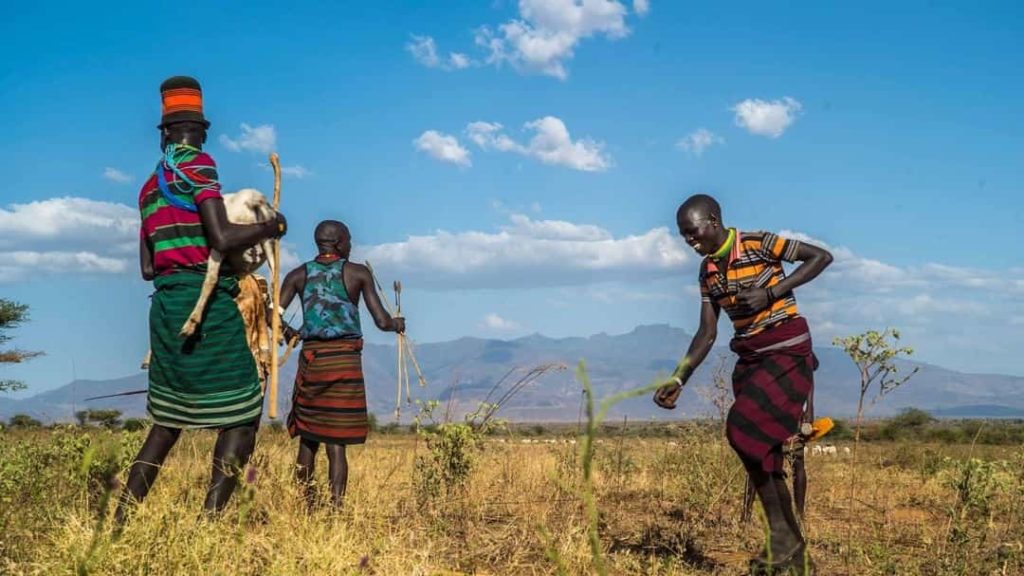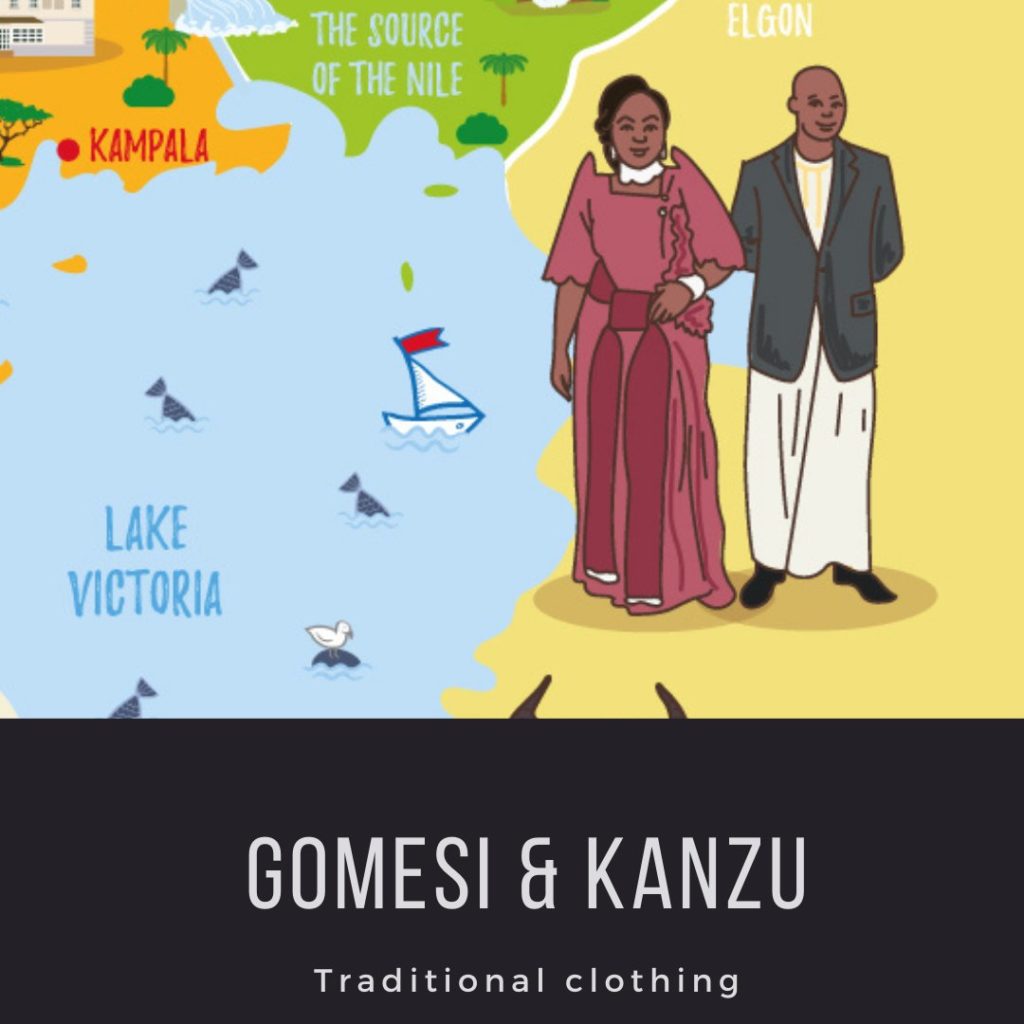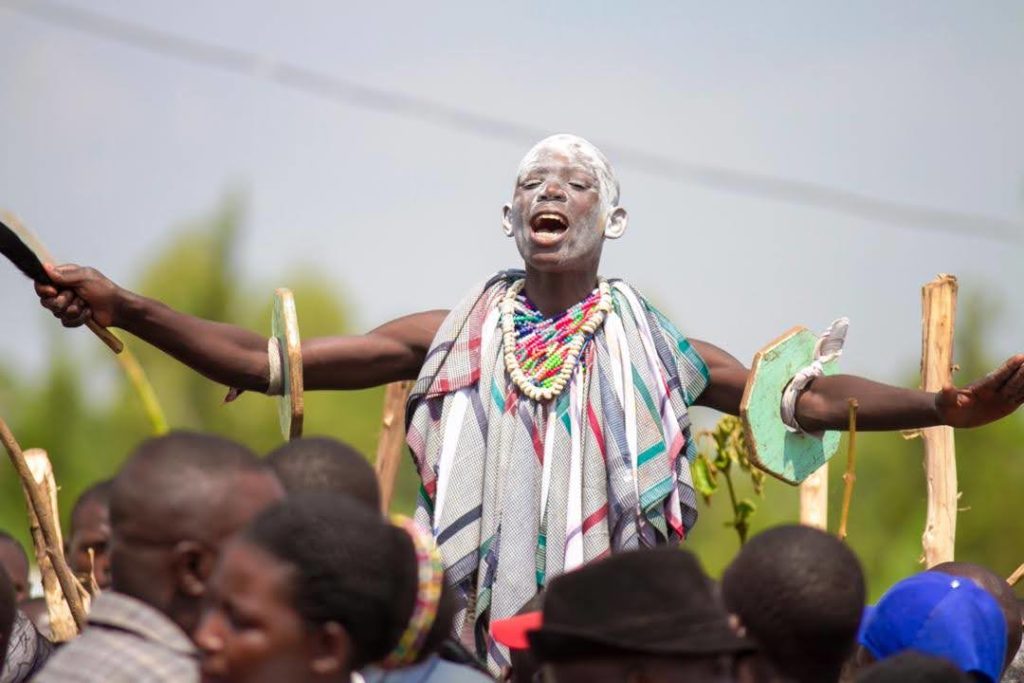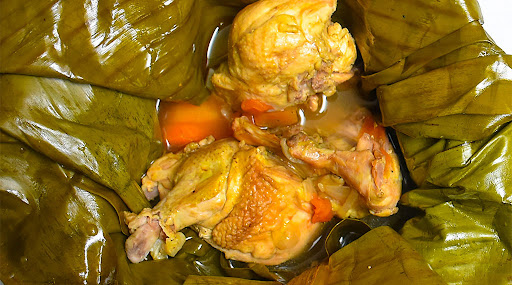
Uganda has a diverse range of ethnic groups that have different customs, practices, and beliefs. The culture of Uganda is a very strong pillar as it is for every human, society and for generations it has been transmitted on. The culture of Uganda cannot be explained as one because of the over 40 different groups. There has been dynamism in the culture because of western civilization and modernity but some groups have stacked to their norms and preservation of their cultural heritage. Of over the 40 tribal groups, there are a few that haven’t been affected by civilization.
All the communities have different cultural identities from oral traditions, with non-written historical sources, performing arts that is through music, dance, and drama that are usually presented on clan festivals, ceremonies, during social practices, rituals and events like Coronation of Kings, Marriage, naming of children and others, Knowledge about nature that involves the indigenous therapeutic traditions like using plants as medicine and conservation through relating to animals as taboos, then traditional craftsmanship, and tangible cultural heritage. Uganda has a number of cultural sites, monuments and spaces that make the heritage. These include the Kasubi Tombs, Uganda Museum, Bigo Bya Mugyenyi, Nyero Rock Paintings, and Amabere Ga Nyina Mwiru among others.
In the central part of Uganda, around the shores of Lake Victoria, Buganda Kingdom dominate and it dates from back in the 14th Century. On the other side across the Nile River the Busoga Kingdom. Buganda Kingdom subjects are divided into 51 clans each with a plant or animal totem. The Baganda from the Buganda Kingdom are the largest single tribe in Uganda. They have a rich history in regard to Missionaries, religion in Uganda, and modernization.

The Nilotic languages speaking groups dominate the North, North East, and part of East. These include the Lango, Acholi, Itesots, and the Karamajong. These are unique, slender, and more black compared to the Bantu in the Central and western part of the country also the practices differ.
Across the 500km wide plateau of central Uganda, Mountain people face each other. On the western border with Congo the Bakonzo occupy the slopes of Rwenzori Mountains and on the Eastern border with Kenya, the Bagisu inhabit the slopes of Mt. Elgon. The Bagisu are famous for the practices of Imbalu Ceremony, where boys are initiated to manhood by cutting their fore skins of their manhood. This happens twice every even year.

All these groups, the Bantu, Nilotics, Nilo-Hamites, have cultures, languages that differ and are attached and associated with dances and compositions usually played on or by regionally distinct instruments. This makes Uganda a melting pot for culture, linguistics, a diverse mosaic of art, music and crafts.
Travelers can embark on a countrywide tour and explore the variety of culture. You can encounter the ancient inhabitants of the forest in the south west-The Batwa Pygmies, the Nyero Rock painting, visit the Buganda Kingdom Palace, the IK in the Morungole mountains in Kidepo Valley, the Karamajong, the Bahima cattle keepers in the west, among others. It can be a long one but shining light on Uganda’s people and communities, and their ways of life.

If you have a short time in Uganda, The Uganda Museum and Ndere Cultural Centre are good for giving insights about the Culture of Uganda. Get a splendid cultural cross-section at these two spaces. The Museum displays instruments used by different tribes, their housing and at Ndere Centre the troupes perform different traditional dances and music at an Auditorium and outdoor Arena.
Let us take you on a cultural trip around Uganda or you can opt for a combined Wildlife and cultural safaris.
